By Sarhind Times Bureau | New Delhi | October 20 2025
Summary
The Union Government has directed all states and Union Territories to report corruption cases linked to the Jal Jeevan Mission (JJM) and detail action taken against erring officials and contractors. The move follows a nationwide inspection drive that uncovered quality lapses, inflated bills, and ghost connections in multiple districts. As India races toward its goal of “Har Ghar Jal,” the integrity of its flagship rural-water programme is under scrutiny.
A Mission with a Message—and a Warning
When the Jal Jeevan Mission was launched in 2019, it was hailed as a transformation of rural India’s daily life—ensuring every household receives safe tap water by 2024. Six years on, over 16 crore rural families have reportedly been connected. But the latest directive from the Ministry of Jal Shakti shows the mission’s success now depends on cleansing its own plumbing: corruption.
At a review meeting held last week, Union Jal Shakti Minister Gajendra Singh Shekhawat instructed states to “submit a status note on all corruption and irregularity cases detected under JJM since 2021, with evidence of disciplinary action and recoveries.” The directive follows field reports from 100 inspection teams deployed earlier this year to audit village-level schemes in more than 650 districts.
The Inspections: Numbers and Nerves
According to ministry sources accessed by Sarhind Times, inspection teams found:
- Poor-quality pipes in about 12 percent of sites checked.
- Incomplete geo-tagging and missing digital photographs in nearly 30 percent of villages.
- Duplicate or non-functional taps in over 1 lakh households.
- Audit gaps in fund utilisation worth ₹420 crore across nine states.
While the government has not publicly named the states, internal memos point to issues in Uttar Pradesh, Rajasthan, Bihar, and Jharkhand. Officials attribute the problems to “local collusion between junior engineers and contractors.” One inspector from Madhya Pradesh told us anonymously:
“Pipes approved for 10 bar pressure are replaced with 5 bar stock; on paper it’s the same brand, on ground it’s a cheaper look-alike.”
Centre’s Response: Transparency or Tough Talk?
In a confidential note to chief secretaries, the Centre has sought quarterly compliance reports and a list of blacklisted contractors. It warned that future funds could be linked to performance on audit and grievance redress.
The ministry also plans to launch a public dashboard displaying:
- Complaints received and action taken.
- Third-party lab results of water samples.
- Percentage of functioning connections per district.
A senior official said, > “We want to show that this government spends not only on pipes but on probity.”
Ground Reality: Success and Suspicion Side by Side
In Rajasthan’s Nagaur district, villagers celebrate their first functional tap water. In nearby Sikar, they complain pipes leak within months. At a Jharkhand village in Simdega, water stopped after three weeks because the pump motor burnt out and no spare was budgeted.
“We thought Har Ghar Jal meant forever Jal,” laughed Meena Devi, “but now we call it Har Ghar Tanker.”
Such stories don’t negate the mission’s impact—women no longer walk kilometres for water in thousands of villages—but they underline how maintenance and monitoring determine longevity.
Whistle-blowers and Citizen Watchdogs
The Centre’s move follows pressure from civil-society groups like Transparency Rural Forum and Water Rights Collective, which documented more than 200 complaints nationwide. Using Right to Information queries, they found that some villages certified as “Har Ghar Jal” had only 40 percent of homes connected.
Vikram Singh, an RTI activist from Bareilly, explained:
“Once funds are disbursed, no one verifies quality. We see taps installed for photographs and removed later.”
His petition to the Central Vigilance Commission has prompted fresh interest in community-led audits.
Digital Eyes on the Pipes
To stem leakages—of money and water—the ministry has accelerated its Digital Monitoring System (DMS). Every scheme must be geo-tagged, photographed, and uploaded to the national dashboard via mobile app. AI-enabled analytics will flag inconsistencies between cost, timeline, and output.
Pilot projects in Tamil Nadu and Gujarat already use IoT sensors to measure water flow and chlorine levels in real time. Officials believe this can reduce manipulation of completion certificates by field staff.
The Contractor Nexus
A recurring theme in inspection reports is the “rotation syndrome”—a small set of contractors winning multiple tenders through alliances or benami firms. Auditors noted identical paperwork and bank accounts across different entities.
Water-policy expert Dr Aditi Deshmukh warned:
“When the same players control supply, monitoring, and maintenance, corruption becomes self-perpetuating.”
She urges states to split projects by zone and use independent third-party validators.
The People’s Perception
In rural UP and Bihar, JJM is both a lifeline and a lightning rod. Villagers see pipes as proof of development, but scandals erode trust. In Kaimur, Bihar, a Gram Pradhan was suspended for misappropriating ₹17 lakh. In UP’s Sitapur, residents blocked a road after finding broken pipes within days of installation.
“When you touch people’s water, you touch their patience,” said sociologist Dr Smita Nair.
Political Overtones
With Lok Sabha elections ahead, the Centre is keen to protect JJM’s image as its most visible rural-success story. Opposition parties accuse the government of hiding audit data. The Congress spokesperson claimed that “Har Ghar Jal has turned into Har Ghar Scam.” In reply, Minister Shekhawat said > “We will not allow a few bad actors to pollute a national movement.”
Analysts say the politics of potable water could influence voter sentiment as much as electricity did a decade ago.
Expert Voices: Corruption vs Capacity
Former IAS officer Anil Swarup told Sarhind Times:
“Most corruption is a by-product of weak capacity and opaque tendering. We need trained engineers, not just inspectors.”
He advocates performance-based contracts with five-year maintenance clauses and public grievance dashboards at the panchayat level.
Gender and Social Dimensions
Women are the primary beneficiaries of JJM and also its first monitors. In many states, Self-Help Groups now test water samples with field kits. The Centre plans to scale this to 2 lakh villages by 2026.
“When women lead water management, leakage reduces and accountability increases,” said Rekha Devi, member of a Mahila Jal Committee in Bundelkhand.
Her group has flagged irregularities through videos that went viral on social media—embarrassing local officials into action.
Technology vs Trust
Technology helps, but experts caution against over-reliance. IoT sensors require power and network coverage—often absent in remote areas. Ultimately, citizen trust and local oversight remain the best firewalls against corruption.
Environmental activist Sunita Narain summed it up:
“Water governance is not about apps—it’s about ethics.”
Looking Ahead: Next Milestones
The ministry has set a new target of December 2026 for 100 percent functional household taps. A mid-term review is scheduled for March 2025, when each state must present an independent audit report validated by third-party agencies.
The World Bank and UNICEF, major partners in JJM, have offered technical assistance for integrity frameworks. If implemented, India could set a global model for anti-corruption in infrastructure delivery.
Editorial Perspective
The Jal Jeevan Mission is among independent India’s largest public-service campaigns, touching rural lives as deeply as Green Revolution once did. But every leak in a pipeline drains not just water, but trust. The Centre’s crackdown is welcome only if it empowers citizens to verify, question and participate. Clean water must flow through clean systems.
#JalJeevanMission #RuralWater #Transparency #Governance #AntiCorruption #PublicServices #IndiaDevelopment #SarhindTimes











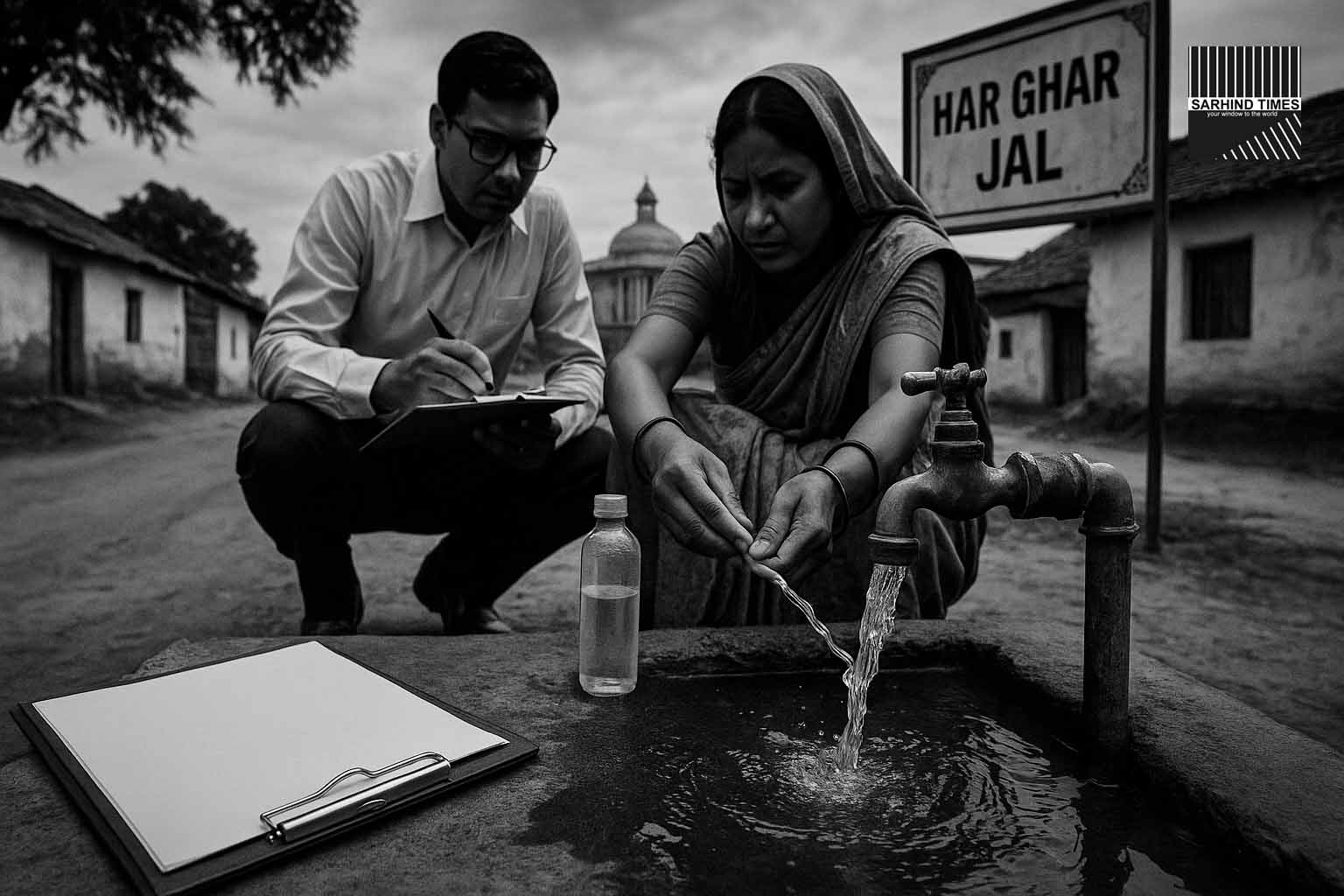
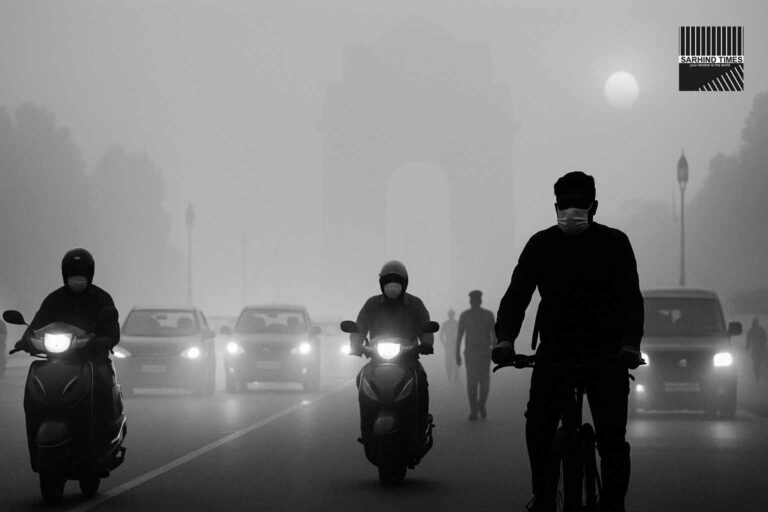
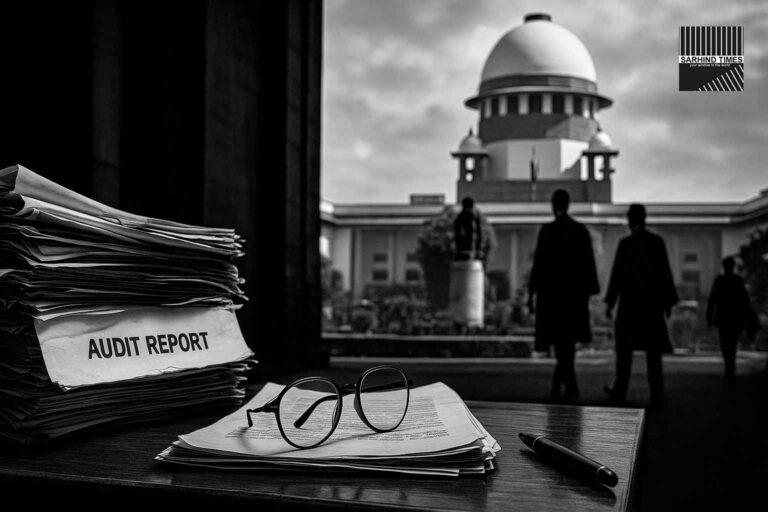

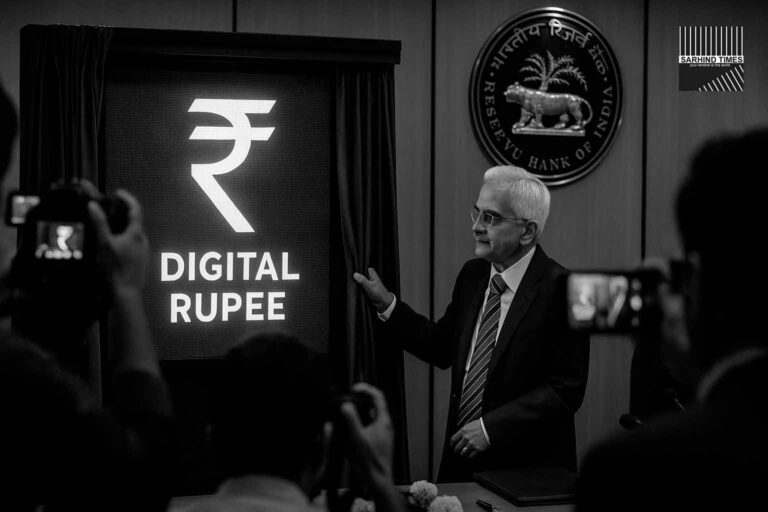



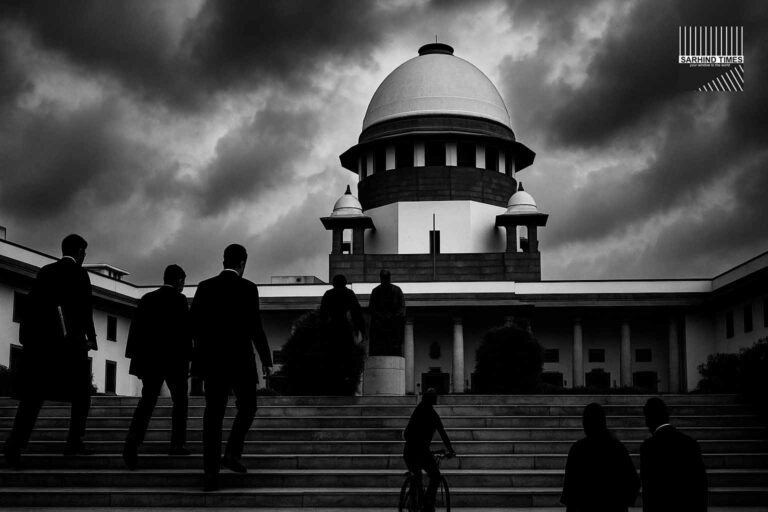
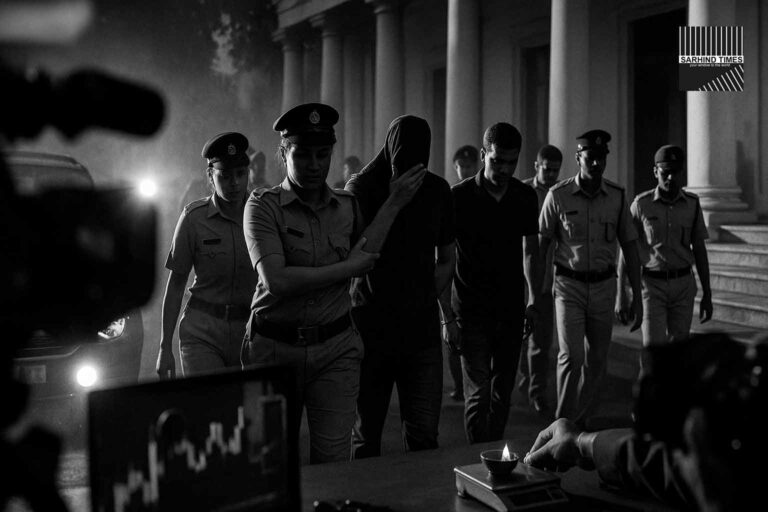

+ There are no comments
Add yours